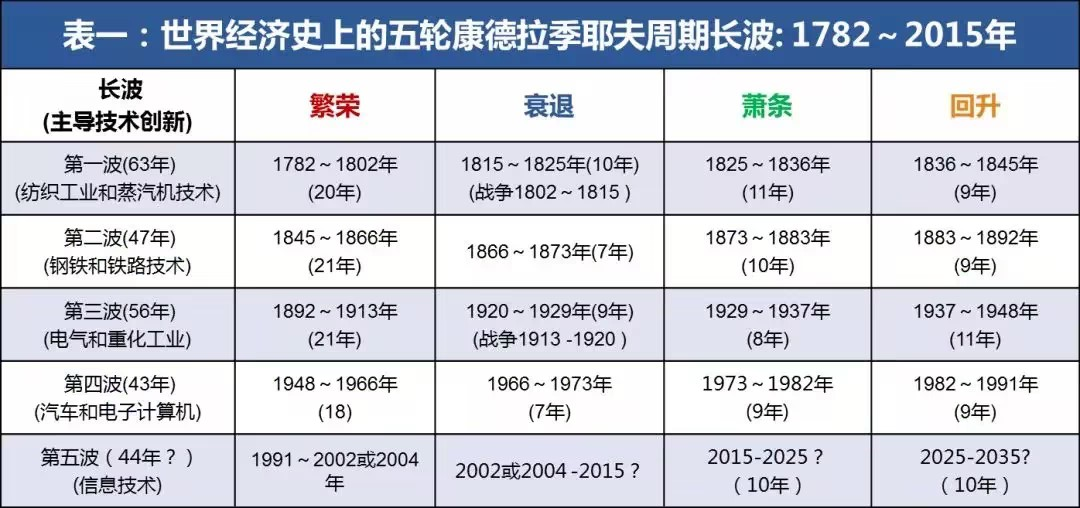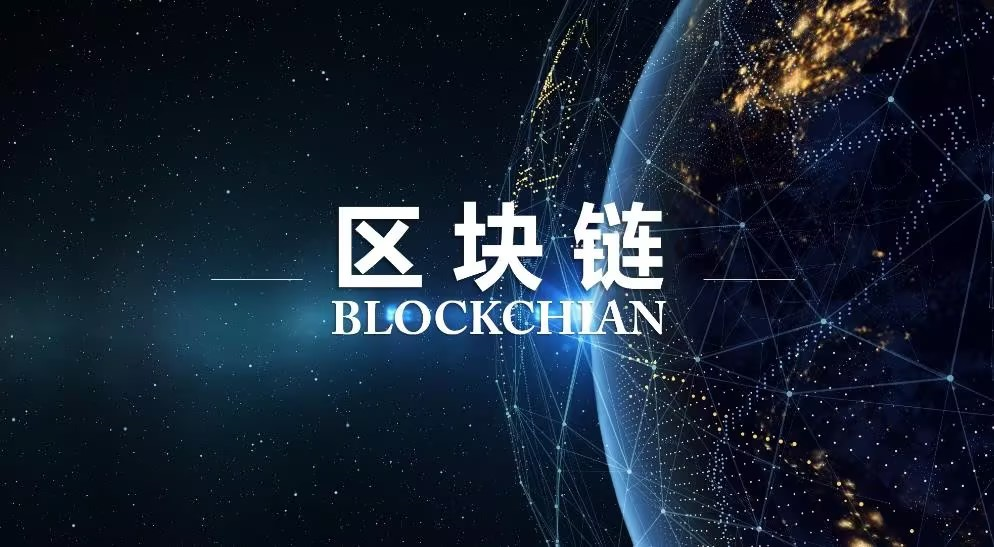
The Kondratiev wave cycle was proposed by Nikolai Kondratiev in 1926. A large Kondratiev wave cycle lasts about 60 years and includes four economic cycle stages: overheating, stagnation, decline, and recovery. Most Kondratiev wave theory researchers believe that since the outbreak of the Industrial Revolution, there have been four Kondratiev wave cycles, and we are currently in the midst of the fifth wave.

We are currently in the period of depression from 2015 to 2025. Based on my research on several economic crises, I have observed that each period of strong US dollar has triggered a crisis in the global fragile environment. The Latin American debt crisis in the 1980s, the Southeast Asian financial crisis at the end of the 1990s, and the subprime mortgage crisis in 2008 all followed a 10-year cycle pattern (with a focus on timing), which is closely related to investment strategies.

Therefore, we are currently in the depression period of the fifth Kondratiev wave cycle from 2015 to 2025, and the economic situation will gradually recover afterwards. This recovery will require technological innovation and technological advancement. Blockchain and encrypted assets may present an opportunity, but it is not certain that a technological innovation capable of influencing or driving the sixth Kondratiev wave cycle will emerge in the future.
Our wealth in life depends on the Kondratiev wave. The era we were born in determines the timing of encountering major asset price opportunities.
- Those born in the 1950s and 1960s seized the real estate boom;
- Those born in the 1970s and 1980s seized the internet boom;
- Those born in the 1990s and 2000s are focusing on blockchain and encrypted assets (this is my opinion).
The rise of the domestic internet began in 2000, with Alibaba founded in 2001, Baidu in 2003, Tencent launching QQ Space in 2004, and the internationalization of China's internet during the 2008 Olympics. At that time, people born in the 1990s were only 18 years old and still in college. By the time the "Internet Plus" concept was introduced in 2012, it was already the latter part of the internet era.

The golden cycle for real estate is 20 years, and the same applies to the internet. Now, the internet is becoming a traditional industry, and the biggest opportunity for those born in the 1990s and 2000s lies in blockchain and encrypted assets.
In the world of blockchain, there is a joke circulating among the older generation: "Don't play with virtual currency, do something practical, buy a house in Beijing, and get married. How nice!" The response from the younger generation is: "You have turned houses that cost a few thousand yuan per square meter into ones that cost 100,000 yuan per square meter. If we don't find another way, we will sell strings of numbers for 100,000 each to you. How can we afford to buy a house?"
In fact, there are countless examples of people born in the 1990s who have achieved success through blockchain. From Vitalik Buterin of Ethereum, to Dan Larimer of EOS, to Justin Sun of TRON, these young individuals have become pillars of the industry.

For an ordinary person, the only opportunity is to seize the right timing and focus on a specific field in order to have a chance of turning their life around. Blockchain provides an opportunity for ordinary people to cross class boundaries, but the prerequisite is to continuously improve their knowledge and investment capabilities, and to learn from those who are capable and have achieved results.
If you like my views, please like, comment, and share. Let's navigate the bull and bear markets together!
Focus on candlestick technical analysis, and win global investment opportunities. WeChat public account: Trading Master Fusu

免责声明:本文章仅代表作者个人观点,不代表本平台的立场和观点。本文章仅供信息分享,不构成对任何人的任何投资建议。用户与作者之间的任何争议,与本平台无关。如网页中刊载的文章或图片涉及侵权,请提供相关的权利证明和身份证明发送邮件到support@aicoin.com,本平台相关工作人员将会进行核查。




